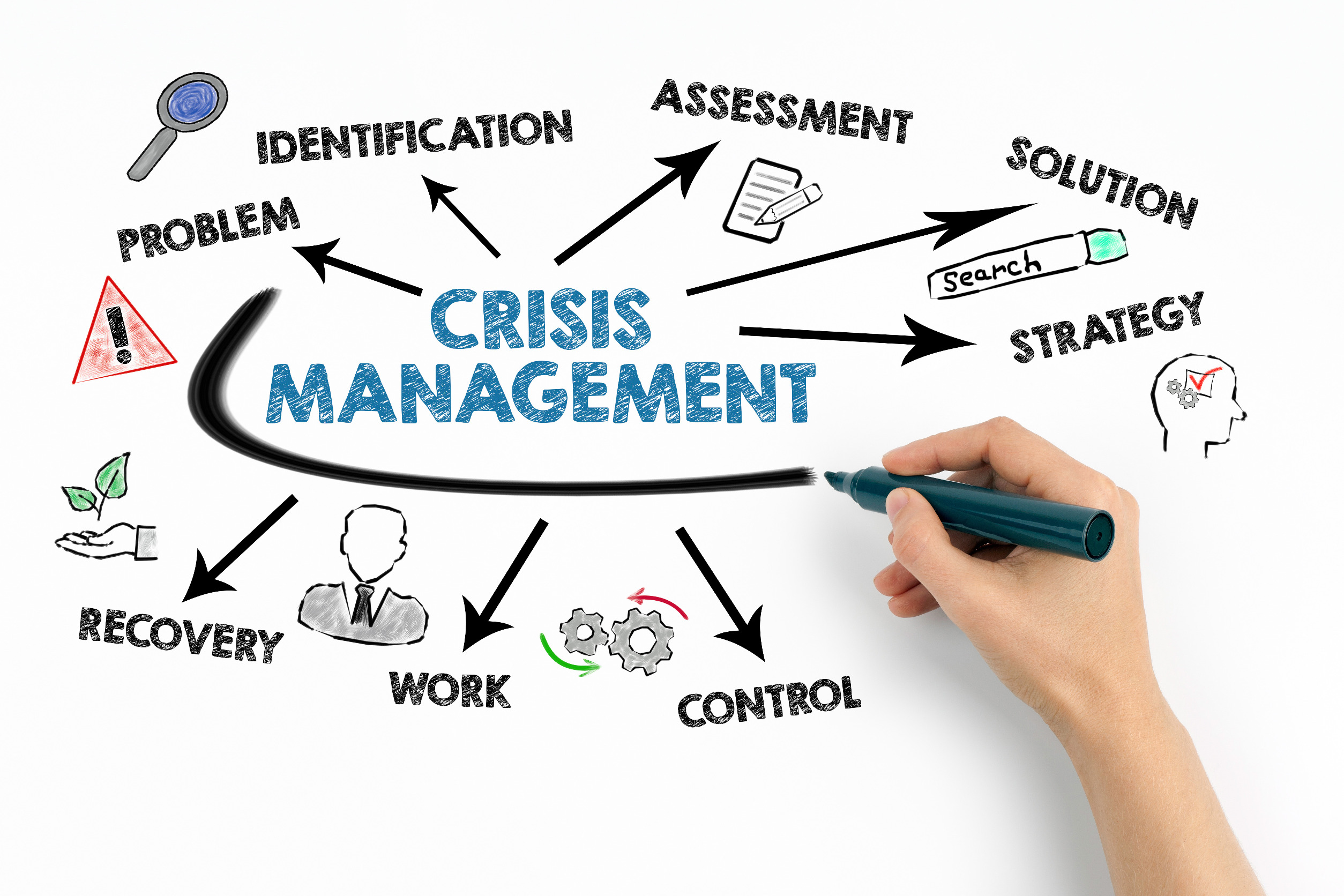The research’s foundation
During the second year of my MSc International Human Resource Management program I conducted this research while working for Philips at their headquarters in Amsterdam. During my time at Philips I focused on HR analytics, their employee engagement survey, as well as this research across all functions in the organization.
I discovered that within the same organization various functions can view corporate initiatives differently. My research focused on defining ways to help HR managers and leadership teams better understand and account for these differences in future transformations.
In the first part of this article I’ll investigate the perception of change and the pivotal role of a change champion. In the second part we’ll cover the identifying characteristics I found in my research that lead to success and areas that can cause resistance.
Perception of change
Jim Hemerling from the Boston Consulting Group called our time the “era of always-on transformations” and looking at the data it seems quite problematic. Because there is an increase in both the volume and the complexity of organizational change, there is an urgent need to find a way to increase the change success rate.
Why improve the change success rate? Because changes fail, or are not fully implemented 70% of the time and research shows that a better change management strategy can give organizations a competitive advantage. Changes are having a negative impact on employees’ engagement within the organization. This goes beyond employee happiness. The American Psychological Association (APA) highlights some figures in their research from 2017 on “Work and Well-being” such as turnover and employees’ health. The turnover rate for employees without recent change at work is 15% while it is 45% for employees in a current change/with a recent change. This gap is one example of transformation’s negative consequences.
Trust is also one of the important metrics in many engagement surveys. In the APA study, it is stated that change also impacted employee trust toward the employer. Indeed, the study shows that 34% of employees in a current change/with a recent change do not trust their employer. This number goes down to 12% for employees with no change. Last but not least; physical and mental health seem to be impacted by changes in organizations. More than one out of two employees in a current change/with a recent change is dealing with chronic work stress compared to less than one out of four employees with no change.

Sources: 2017 Work and Well-Being Survey by American Psychological Association.
The difference in mindset between employees who have been in a recent change or not demonstrates the necessity of improving change management. Improving the change process isn’t only about improving financial results; it is also about improving employee experience and their daily life within organizations.
The pivotal role of a change champion
Change management discussions often focus on “processes,” “cycles,” and/or “change models” while forgetting to mention the “human” within these processes and cycles. Everett Rogers’ research showed that the success of an innovation depends on his “innovators” and “early adopters”. If the right “innovators” and “early adopters” are chosen or targeted to promote an innovation, the innovation spread success rate would be higher (1962). This article is using the same thinking process but here, the innovators and early adopters are called change champions.
The change champion is someone from the organization not affiliated with the change but who uses her/his influence in support of it. Monnot Matthew, Associate Professor in Organizational Change at the University of San Francisco, is using the name change agent but his definition is similar: “Individuals who act as catalysts for change are often referred to as “change agents” and are lower level employees rather than designated leaders.” For this article I will use both names, change champion and change agent, with the same meaning.
I was inspired by the research of Allen Barclay, Instructor of Management at Metropolitan State University (Colorado, USA) on change agents (2009). Barclay offered another idea of the change process; from his point of view, employees should be the leaders of the change. Instead of starting from the top, organizations should involve everyone that has change skills, regardless of the position. Of course, not all employees can be change agents.
There is a need to find the people with the right personality and skills. Different theories have been made about what it takes to be a change agent. For Monnot Matthew, a change champion needs to be optimistic, to have cognitive ability, and to be resilient (2007). Resilience is also highlighted by Matthews as a soft-skill that can be critical for a successful change agent.
Other change agent profiles can also be found. For Don Warrick, Instructor of Management and Organization Change at University of Colorado, Colorado Springs, a change champion is “a person at any level of an organization who is skilled at initiating, facilitating, and implementing change” (2009). His change champion portrait is composed of four skills about initiating the change, three skills on facilitating the change and five regarding change implementation.
Kenny Kirsch, Chief Strategist at Toasted Snow, presented another theory in an article “Finding a change champion” for the Journal of Digital Asset Management (2006). For Kirsch, a change champion doesn’t have a generic portrait because the need is different based on the nature of the transformation.
One pattern is common to the change champion definitions in the articles studied; the lack of nuance based on the transformation environment. Often, they are a set of skills, a list or personality traits needed to be a change champion, but without addressing the context. I want to challenge the generic idea of a change champion and propose looking at different profiles. My research goal was to prove one set of skills isn’t enough to explain what defines a change champion.
Similar to the research by Everett Rogers, it noted that the diffusion of innovations, innovators and early adopters are different depending on the innovation they are spreading. My theory is that between two different transformations, there is also a need for two different change champion profiles. If change champions are chosen wisely depending on the transformation’s environment, it would hopefully increase the ability to deal with change resistance.
In Part 2 of this article I’ll explore the identifying characteristics I found in my research that lead to success and areas that can cause resistance. I will also address the differences we find if we ask different populations to define a change champion, or to list what could stop a change champion from having an impact.

























